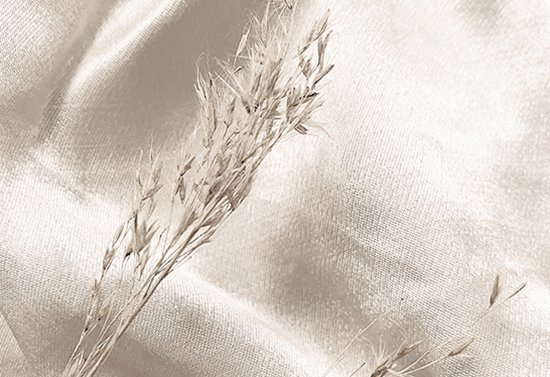Materials
Linen
Linen, a fabric that has stood the test of time, has inspired countless literary works, weaving its way through the pages of ancient texts to modern-day novels. This versatile and durable fabric has been used to describe everything from clothing to furnishings, and its unique properties have made it a popular choice for writers looking to evoke a sense of luxury, simplicity, or historical accuracy.
With its soft, breathable texture and natural sheen, linen has been depicted in literature as the fabric of angels, the clothing of the wealthy and powerful, and a symbol of simplicity and purity. Whether it’s Jane Austen’s “Pride and Prejudice” or Ken Follett’s “Pillars of the Earth,” linen has played a pivotal role in shaping the narrative and evoking a sense of authenticity and realism. With its timeless beauty and enduring appeal, linen will continue to inspire writers for generations to come, adding a touch of elegance and sophistication to the literary world.
How To wash
Linen, a durable and versatile fabric, requires proper care to maintain its natural texture and luster. To keep your linen garments in good condition, always check the care label before washing and use a mild detergent in cold water to prevent damage to the fibers. After washing, hang your linen garments to dry, avoid using a dryer or hot water to prevent shrinkage, and iron while still damp to remove wrinkles. Lastly, store your linen garments in a cool, dry place away from direct sunlight to avoid fading. With proper care, linen can maintain its natural beauty and become even softer with each wash, ensuring your garments remain in excellent condition for years to come.



